44 draw a single nucleotide. label the three parts
Structure of Nucleic Acids | Biology for Majors I - Lumen Learning The nucleotides combine with each other to form a polynucleotide, DNA or RNA. Each nucleotide is made up of three components: a nitrogenous base, a pentose (five-carbon) sugar, and a phosphate group (Figure 1). Each nitrogenous base in a nucleotide is attached to a sugar molecule, which is attached to one or more phosphate groups. 9.1 The Structure of DNA - Concepts of Biology - 1st Canadian Edition The building blocks of DNA are nucleotides, which are made up of three parts: a deoxyribose (5-carbon sugar), a phosphate group, and a nitrogenous base ( Figure 9.3 ). There are four types of nitrogenous bases in DNA. Adenine (A) and guanine (G) are double-ringed purines, and cytosine (C) and thymine (T) are smaller, single-ringed pyrimidines.
DNA function & structure (with diagram) (article) | Khan Academy Each nucleotide monomer is built from three simple molecular parts: a sugar, a phosphate group, and a nucleobase. (Don't confuse this use of "base" with the other one, which refers to a molecule that raises the pH of a solution; they're two different things.) The sugar and acid in all four monomers are the same

Draw a single nucleotide. label the three parts
How do you draw a nucleotide and label its three basic parts? - Study.com Draw 4-ethylhexane-3-thiol using skeletal structures. Draw the structure and its conjugate base for Phenol. Draw the structure of the enantiomer of ribose. Draw a structural formula for the nucleotide and estimate its net charge at pH 7.4, the pH of blood plasma. 2'-Deoxyadenosine 5'-triphosphate (dATP) What are the Three Parts of a Nucleotide? | Albert.io Nucleotides are made up of 3 parts. The first is a distinct nitrogenous base, which is adenine, cytosine, guanine or thymine. In RNA, thymine is replaced by uracil. These nitrogenous bases are either purines or pyrimidines. Base pairs are formed when adenine forms a hydrogen bond with thymine, or cytosine forms a hydrogen bond with guanine. DNA structure and replication review (article) | Khan Academy The replication complex is the group of proteins that help synthesize the new DNA strands. A replication unit is any chunk of DNA that is capable of being replicated — e.g. a plasmid with an origin of replication (ORI) is a replication unit. Alternatively, this can also mean a region of DNA that is replicated together.
Draw a single nucleotide. label the three parts. Nucleotide Structure: DNA Diagram - Science Trends Nucleotides are molecules which serve as the building blocks, or monomer units, for the creation of important polymers like ribonucleic acid or RNA and deoxyribonucleic acid or DNA. As mentioned, nucleotides have three component parts: a five-sided carbon sugar, a nitrogen-containing base, and a phosphate group. Nucleotides | BioNinja Each nucleotide is comprised of three principal components: 5-carbon pentose sugar (pentagon) Phosphate group (circle) Nitrogenous base (rectangle) Both the phosphate group and nitrogenous base are attached to the central pentose sugar The nitrogenous base is attached to the 1'- carbon atom (right point) Nucleotide - Definition, Structure (3 Parts), Examples & Function A nucleotide is an organic molecule that is the building block of DNA and RNA. They also have functions related to cell signaling, metabolism, and enzyme reactions. A nucleotide is made up of three parts: a phosphate group, a 5-carbon sugar, and a nitrogenous base. The four nitrogenous bases in DNA are adenine, cytosine, guanine, and thymine. What are three parts of an ATP molecule? | Socratic Adenine, Ribose, and three Phosphate groups. ATP molecules are used by all living organism as energy to carry out life functions. Also notable, ATP stands for Adenosine Triphosphate. This molecule is composed of three parts: Adenine Ribose Three Phosphate Groups Here is a picture:
Nucleic Acids Flashcards | Quizlet List three structural differences between DNA and RNA. 1. DNA has the bases adenine, thymine, guanine, cytosine; RNA has the bases adenine, uracil, guanine, cytosine. 2. DNA has the sugar deoxyribose; RNA has the sugar ribose. 3. DNA is double stranded; RNA is single stranded. 3 Parts of a Nucleotide and How They Are Connected - ThoughtCo Nucleotides in DNA and RNA Both deoxyribonucleic acid (DNA) and ribonucleic acid (RNA) are made up of nucleotides which consist of three parts: Nitrogenous Base Purines and pyrimidines are the two categories of nitrogenous bases. Adenine and guanine are purines. Cytosine, thymine, and uracil are pyrimidines. Solved Building the backbone. Draw two linked nucleotides - Chegg Draw the structure of a double-stranded DNA polymer with at least two base pairs: label the three key parts and the linkage between stacked nucleotides on one strand, and the linkage between the bases on the two different strands (what kind of bond is this?). Be sure to also label all 5' and 3 carbons in your drawing. 1. DNA Structure Part A) Draw a single DNA | Chegg.com Part A) Draw a single DNA nucleotide. Show 3' and 5" end and label carbon # on the deoxyribose. Part B) Draw a short double strand DNA with 3 pairs of nucleotides. Show 3' and 5' end of the nucleotide, carbon number of deoxyribose in each nucleotide, and how the six individual nucleotides are connected to each other. Expert Answer
How do you draw a nucleotide and label its three basic parts? How do you draw a nucleotide and label its three basic parts? Biology Molecular Biology Basics Nucleic Acids 1 Answer Maxwell Jul 19, 2017 See below Explanation: The above structure is a nucleotide. It consists of a: phosphate group 5-carbon sugar, and nitrogenous base. Answer link Nucleic Acid CLO's Flashcards | Quizlet Draw a Nucleotide and label the three main parts. -Phosphate group -Pentose Sugar -Nitrogenous Base Recognize Pyrimidine and purine nucleotides. Purine: adenine and guanine Pyrimidines: cytosine and thymine Explain why the pairing of one purine with one pyrimidine is important to the shape of a DNA molecule. DNA structure and replication review (article) | Khan Academy The replication complex is the group of proteins that help synthesize the new DNA strands. A replication unit is any chunk of DNA that is capable of being replicated — e.g. a plasmid with an origin of replication (ORI) is a replication unit. Alternatively, this can also mean a region of DNA that is replicated together. What are the Three Parts of a Nucleotide? | Albert.io Nucleotides are made up of 3 parts. The first is a distinct nitrogenous base, which is adenine, cytosine, guanine or thymine. In RNA, thymine is replaced by uracil. These nitrogenous bases are either purines or pyrimidines. Base pairs are formed when adenine forms a hydrogen bond with thymine, or cytosine forms a hydrogen bond with guanine.
How do you draw a nucleotide and label its three basic parts? - Study.com Draw 4-ethylhexane-3-thiol using skeletal structures. Draw the structure and its conjugate base for Phenol. Draw the structure of the enantiomer of ribose. Draw a structural formula for the nucleotide and estimate its net charge at pH 7.4, the pH of blood plasma. 2'-Deoxyadenosine 5'-triphosphate (dATP)

:max_bytes(150000):strip_icc()/what-are-the-parts-of-nucleotide-606385-FINAL-5b76fa94c9e77c0025543061.png)

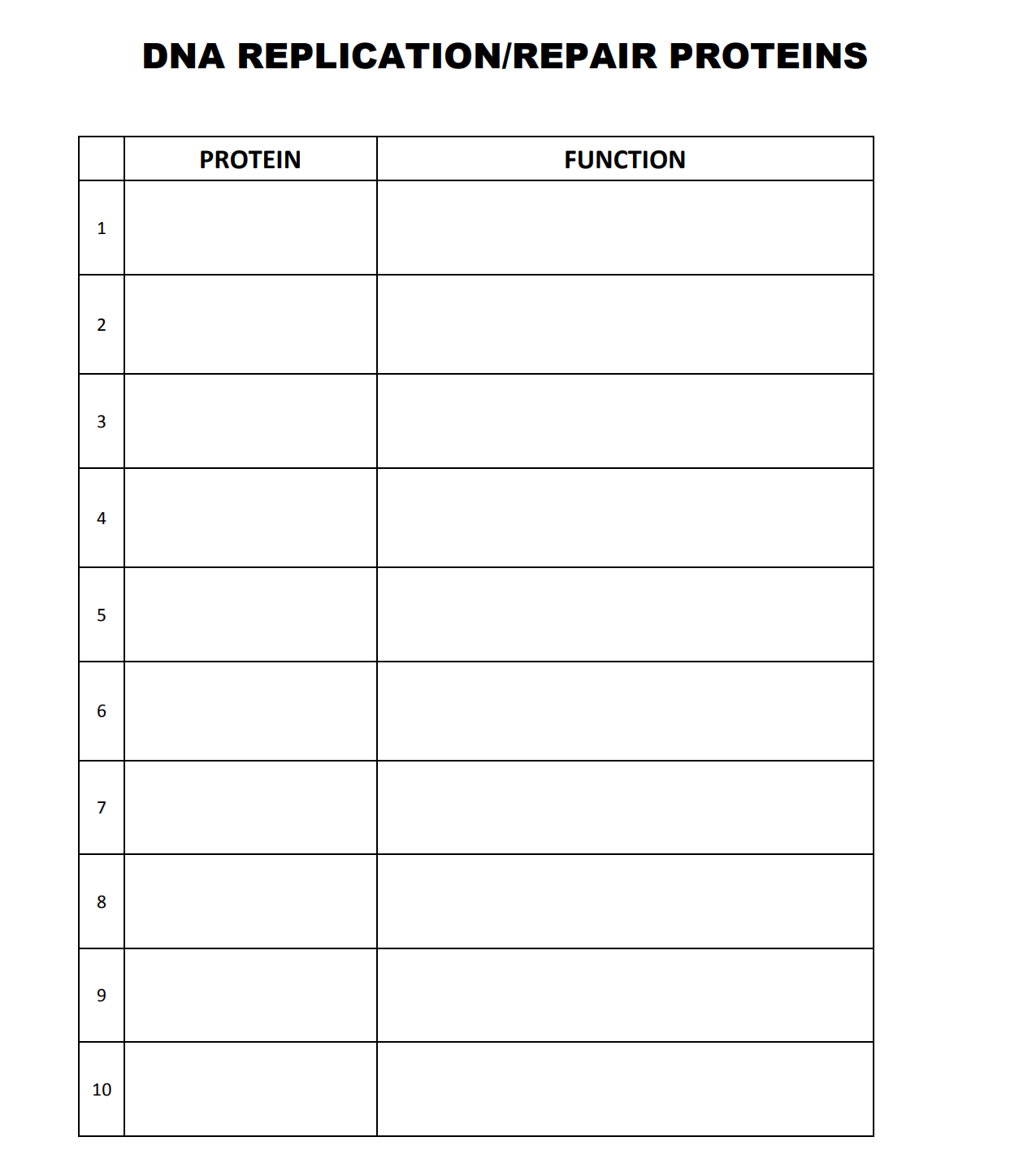
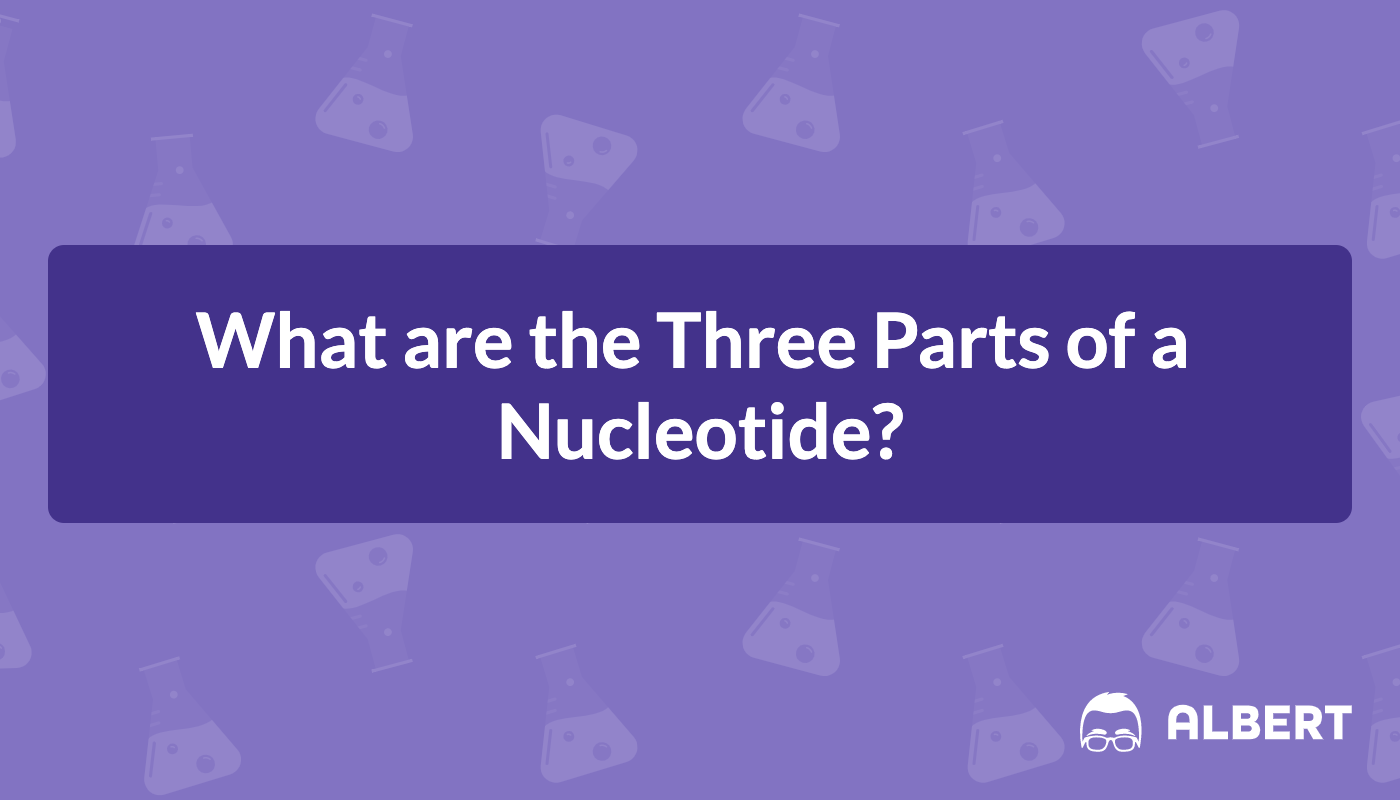
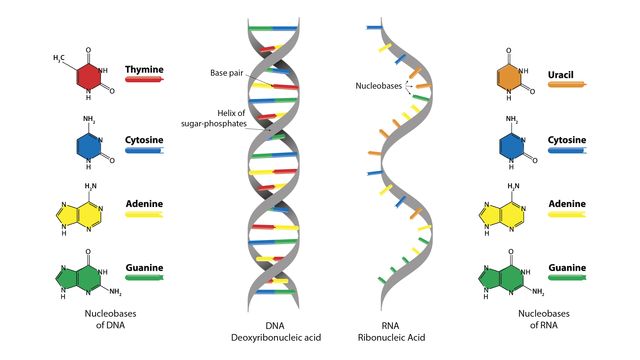
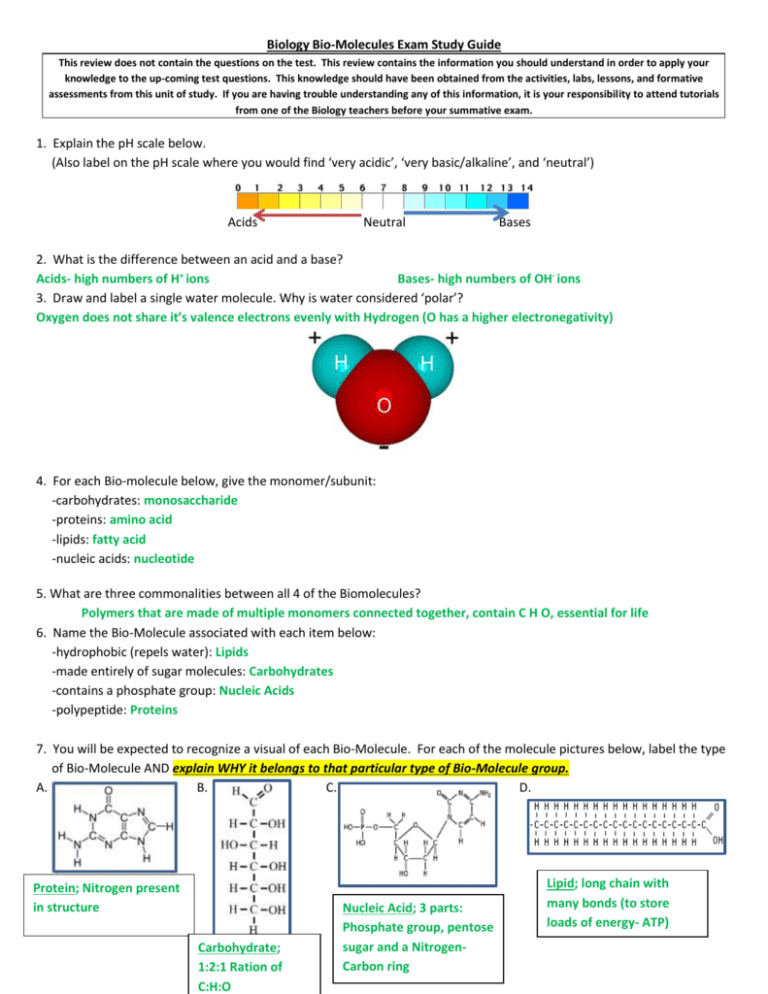
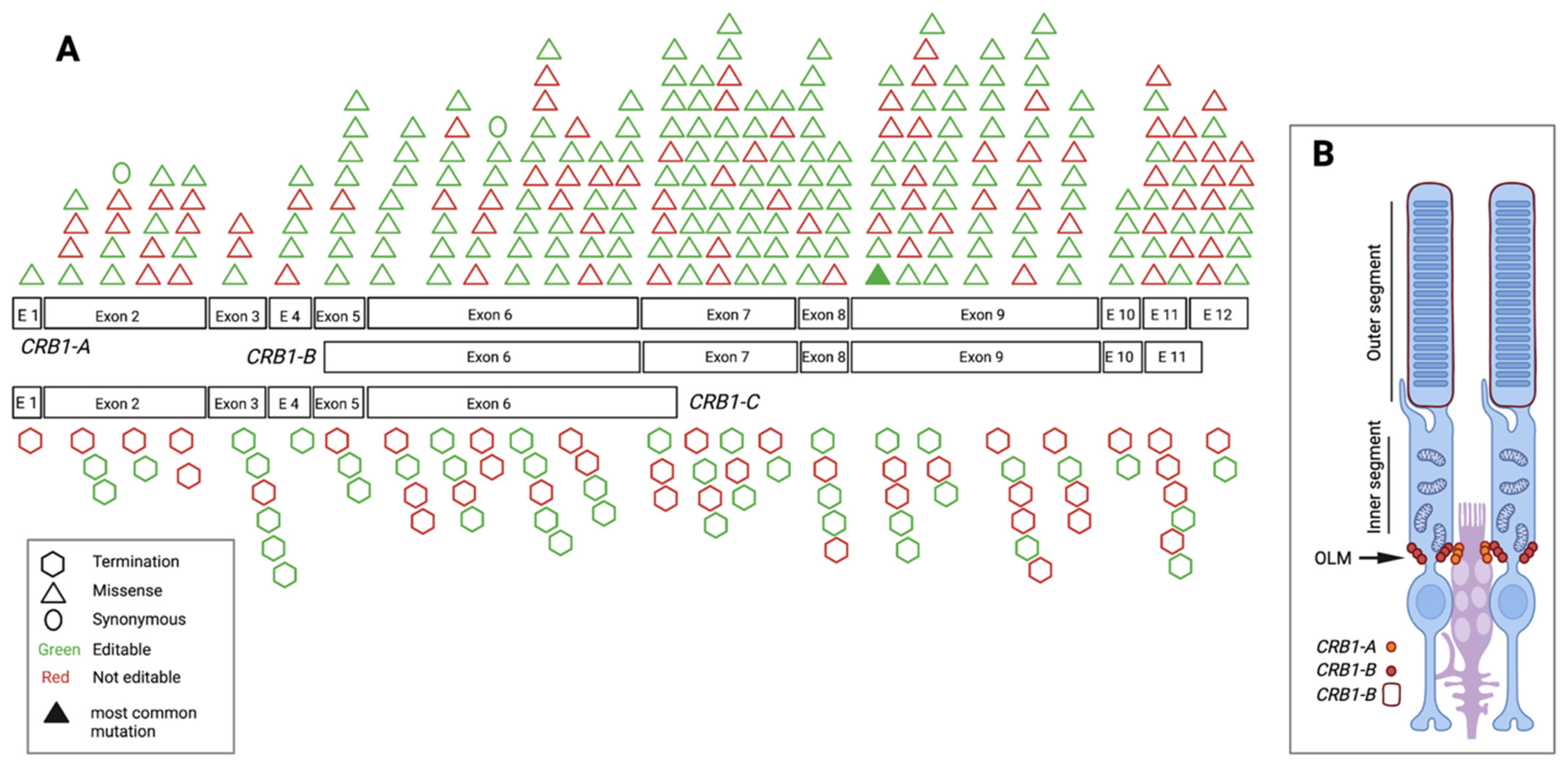







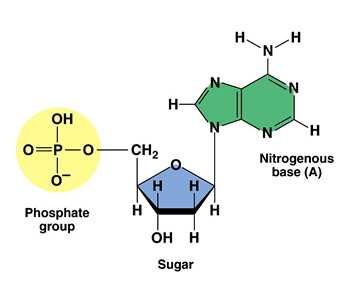

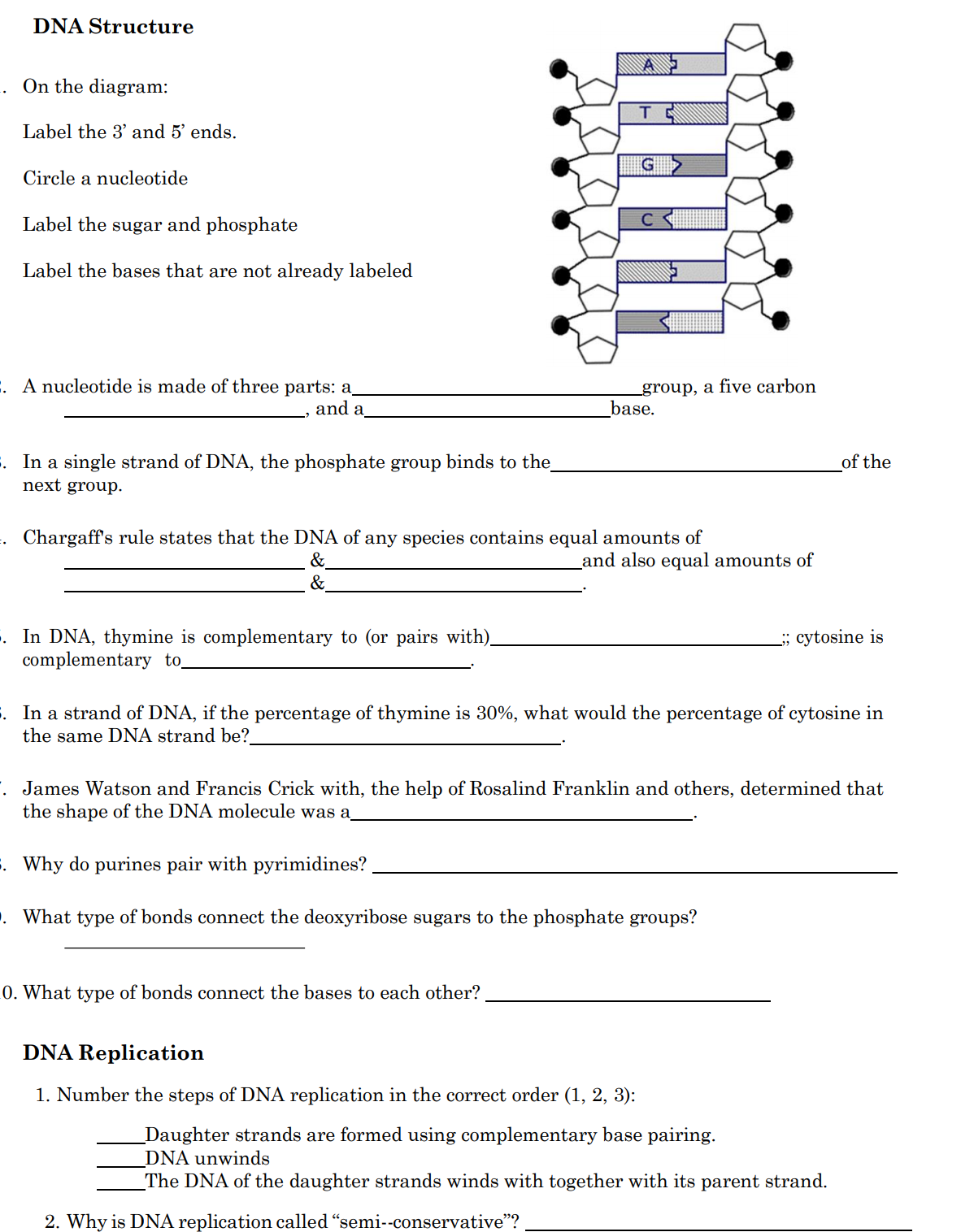

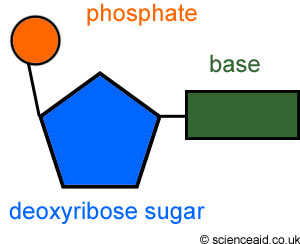
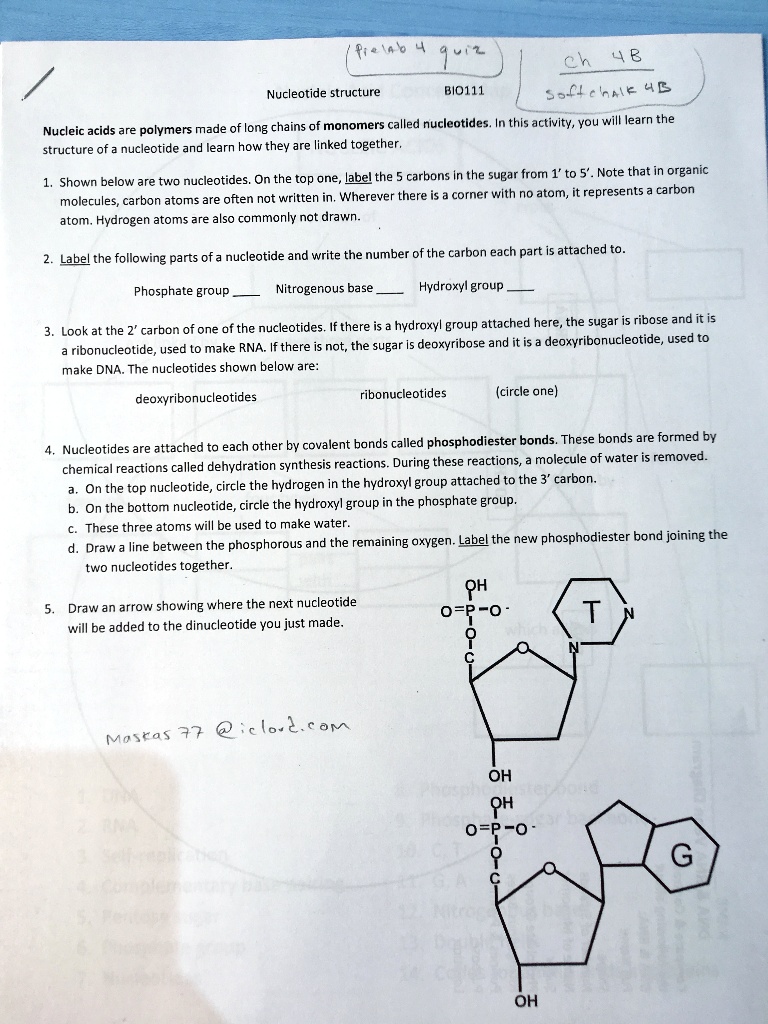
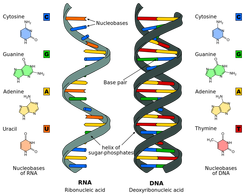

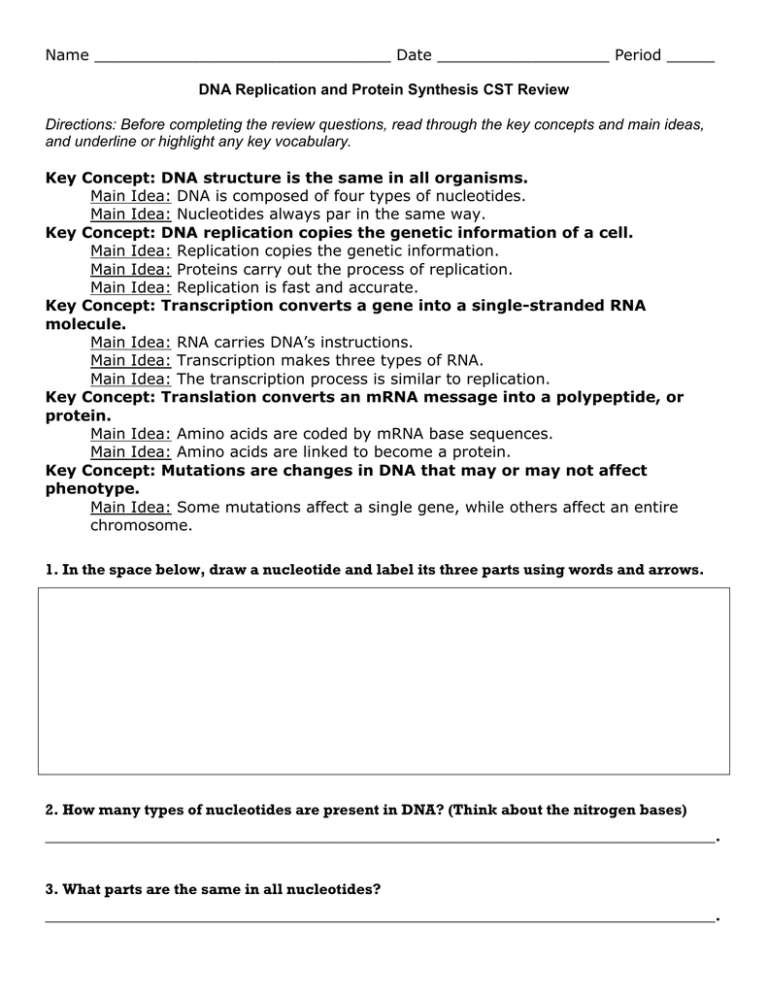
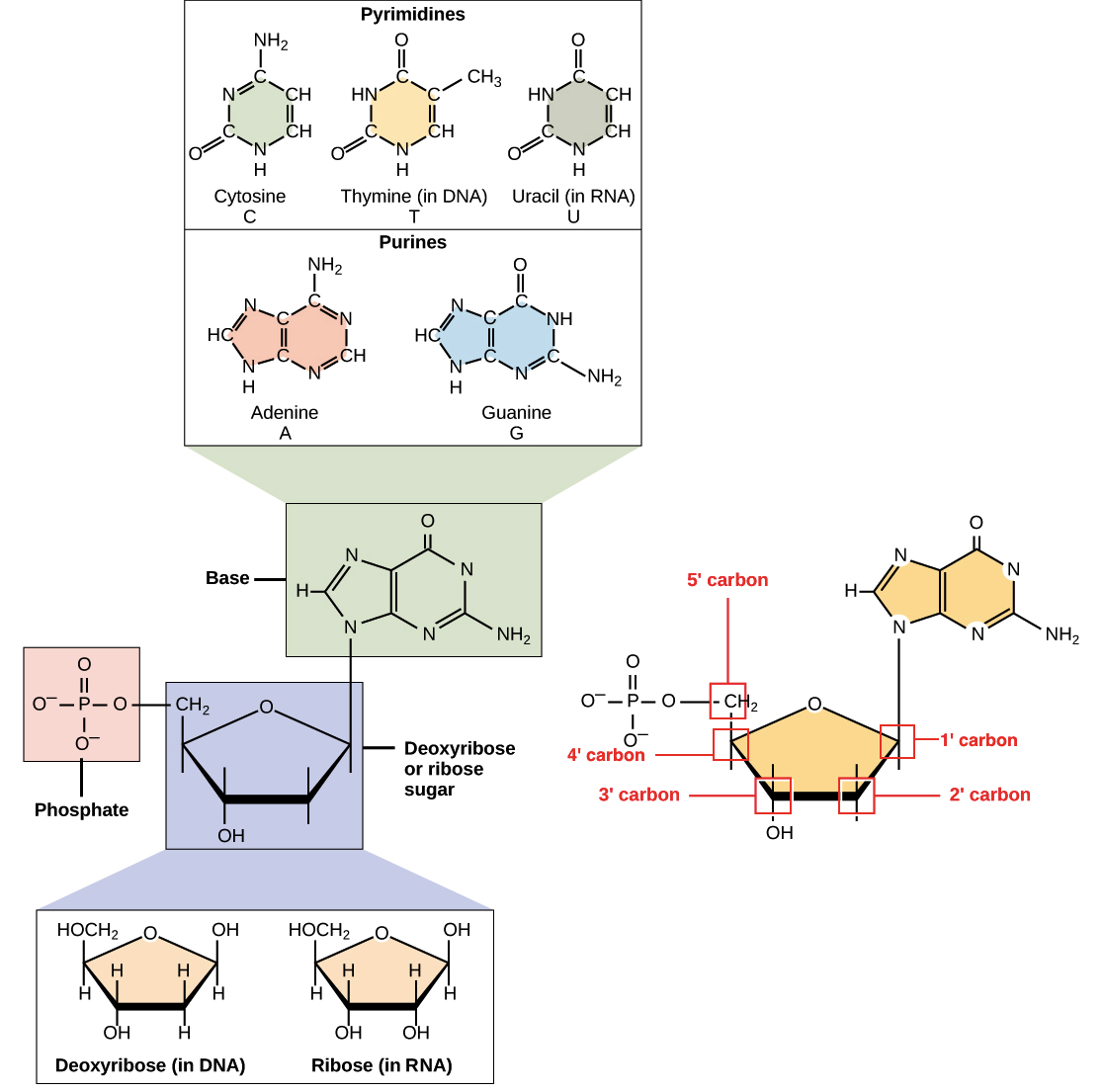
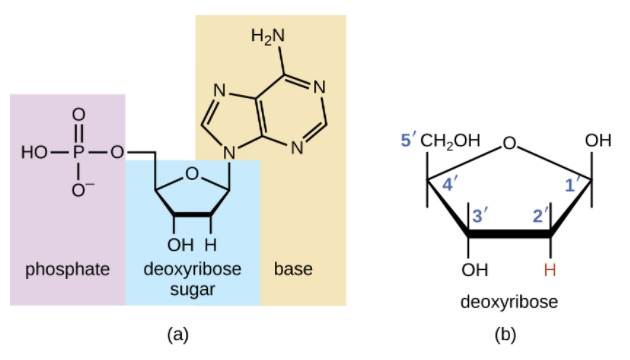
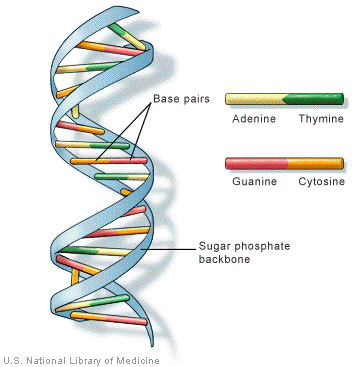

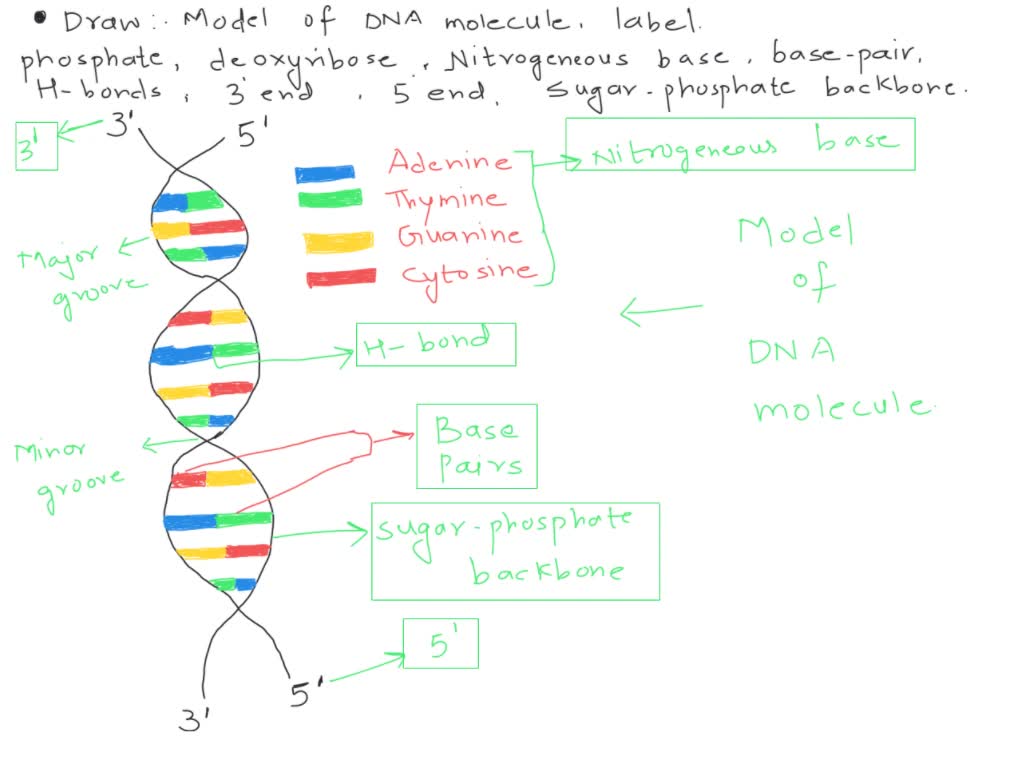


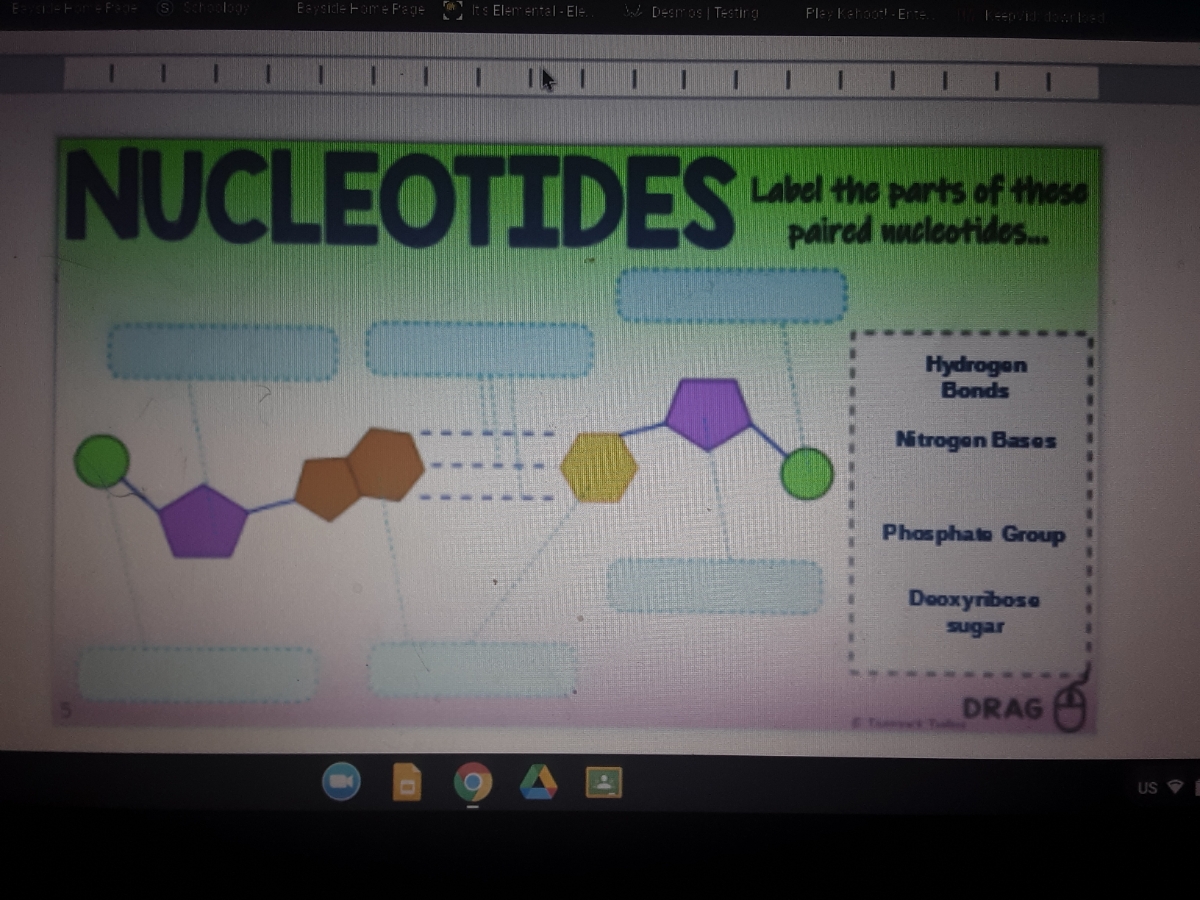
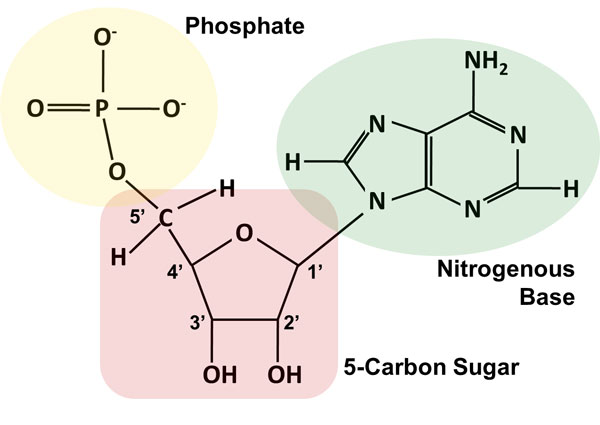

Komentar
Posting Komentar